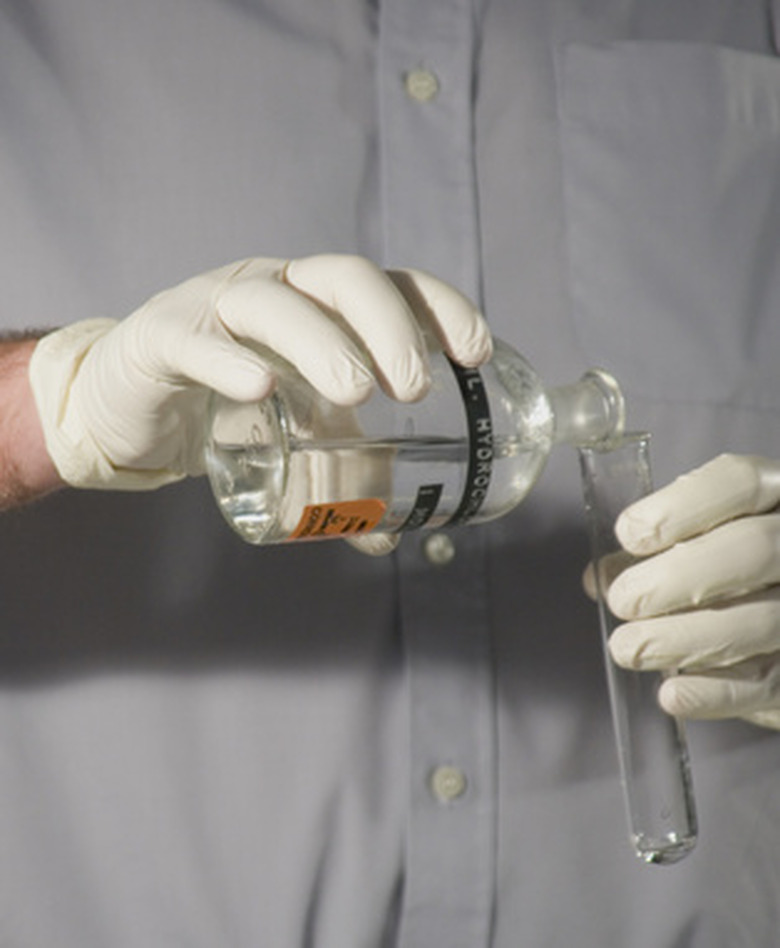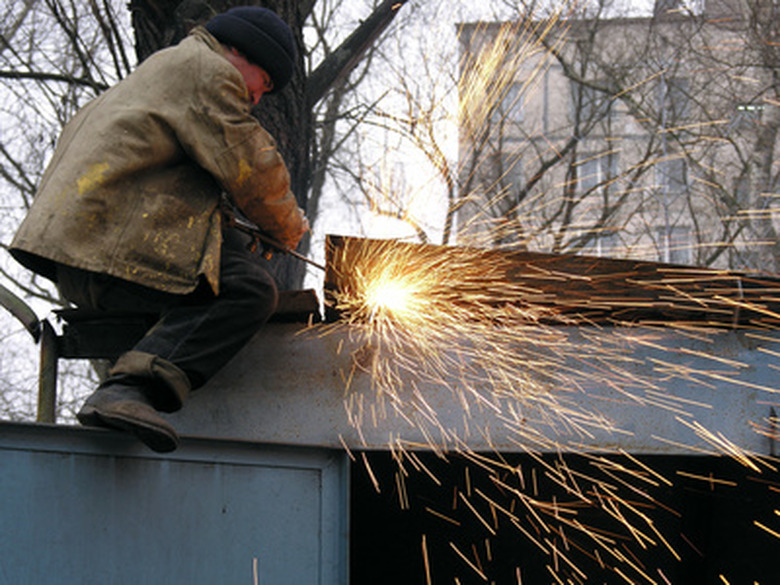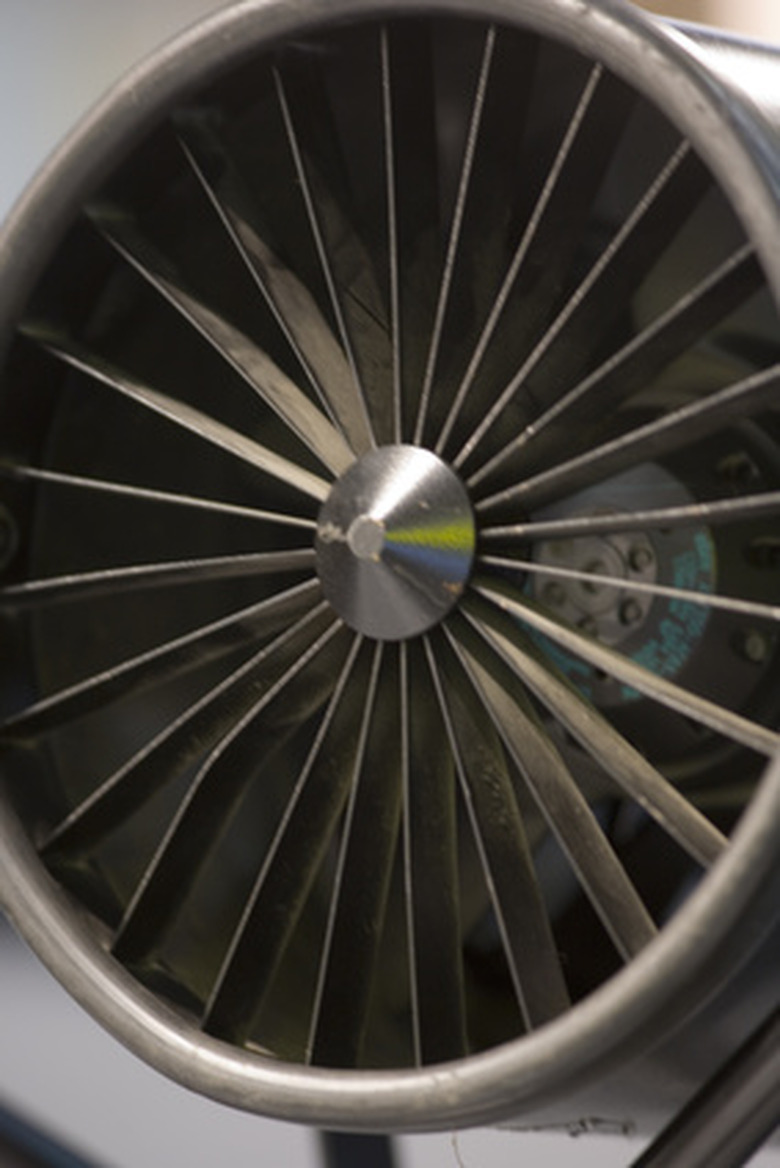Uses Of Carbide
The word "carbide" denotes a compound of carbon and another element or elements. When the term is used by itself, it usually refers to calcium carbide, or sometimes, tungsten carbide. Other types of carbide include silicon carbide, boron carbide and aluminum carbide. These substances have various industrial, engineering and household uses.
Calcium Carbide
Calcium Carbide
Calcium carbide is an industrially produced substance with the molecular formula CaC2. This means that one molecule of calcium carbide is made of one calcium atom and two carbon atoms. Pure calcium carbide is a colorless, crystalline solid, like rock salt. It's most common application is in the chemical production of acetylene, which is used as fuel to create a very high heat flame. Historically, a solution of acetylene has been used in street lighting, and it is sometimes used to harden large steel objects.
Silicon Carbide
Silicon Carbide
Silicon carbide occurs naturally, although rarely, with the molecular formula SiC. One molecule of silicon carbide is one silicon atom and one carbon atom. When grains of silicon carbide are manufactured and fused together, they form an extremely hard, durable substance that is used in specialized items like car brakes, turbine mechanics, and certain types of seals and bearings. Large crystals of silicon carbide can be grown artificially, often as the diamond imitation jewel moissanite.
Tungsten Carbide
Tungsten Carbide
Tungsten carbide is a fine, grey powder. Molecularly, it contains equal parts tungsten and carbon. When pressed, it forms an extremely hard substance with many applications. It's used in the military in armor-piercing weaponry and found on the tips of poles used by hikers. Tools, the balls of ball point pens, razor blades and jewelry are some other items sometimes made with tungsten carbide. Tungsten carbide wedding rings for men are popular due to their dark luster and high resistance to scratching.
Boron Carbide
Boron Carbide
Boron carbide is a ceramic material and one of the hardest synthetic substances known. Its chemical makeup includes four boron atoms and one carbon atom. It's used in tank armor, security padlocks and cutting tools, among other specialized applications. With a high resistance to wear, a specialized application of boron carbide includes the nozzles of sandblasters. Due to its chemical reactions with atom parts known as neutrons, it also has a use in nuclear reactors.
Aluminum Carbide
Aluminum Carbide
Aluminum carbide is in small parts a byproduct of manufacturing calcium carbide. It looks like yellow or brown crystals and dissolves in water. Typically, it's used in cutting tools or it is added to some metals to prevent the misshaping that sometimes happens to when pressurized over time.
Cite This Article
MLA
Greco, Elle. "Uses Of Carbide" sciencing.com, https://www.sciencing.com/uses-carbide-7840027/. 24 April 2017.
APA
Greco, Elle. (2017, April 24). Uses Of Carbide. sciencing.com. Retrieved from https://www.sciencing.com/uses-carbide-7840027/
Chicago
Greco, Elle. Uses Of Carbide last modified March 24, 2022. https://www.sciencing.com/uses-carbide-7840027/


